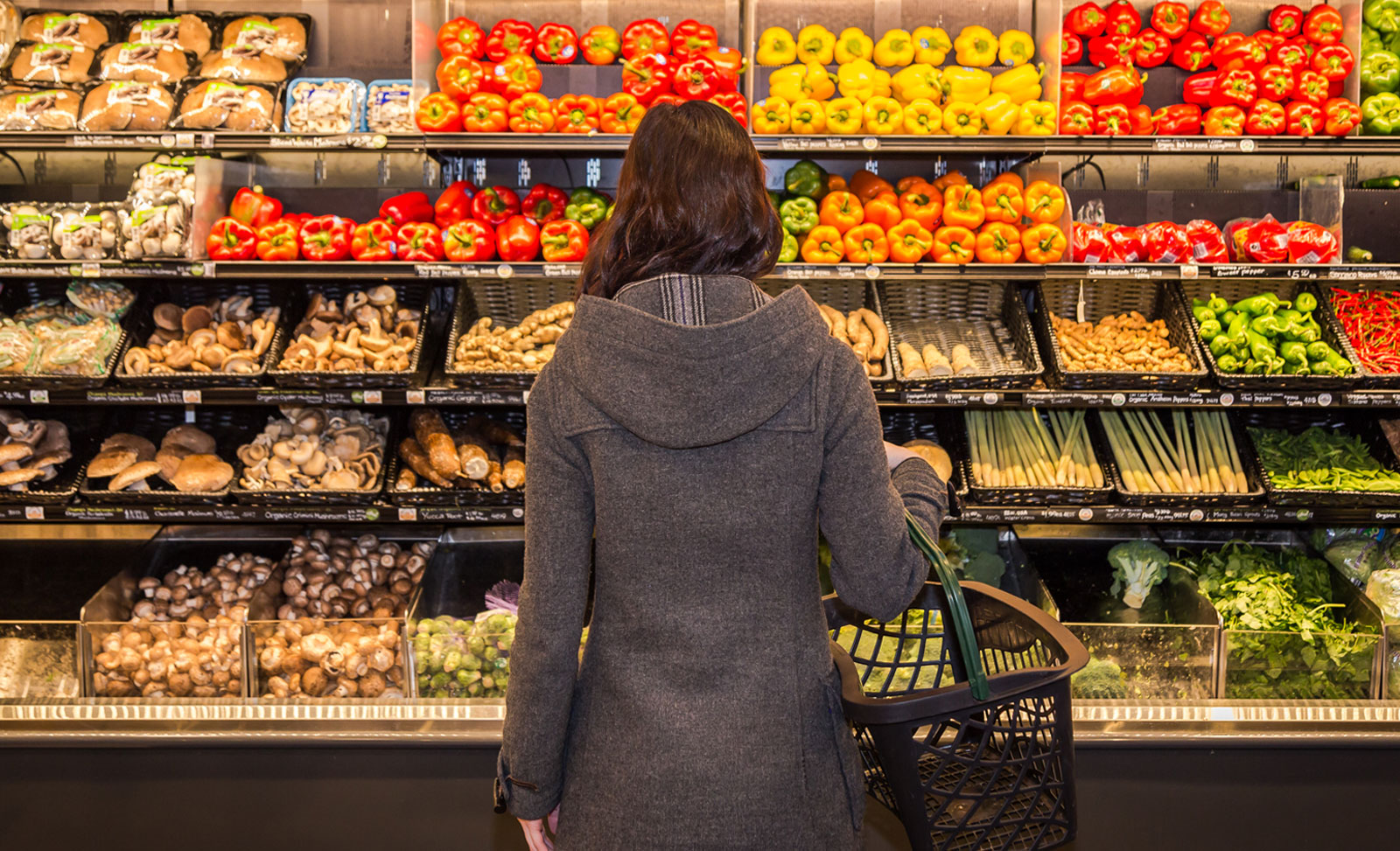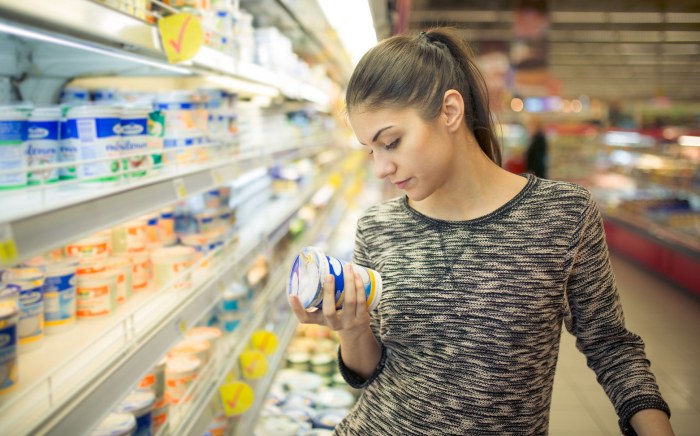Stop, and think about the entrance to your local supermarket for a moment.
What do you see?
Are you in the fresh produce department? Do you see large mounds of brightly coloured fruit?
Then, are you drawn into fresh, red meat, or maybe the aroma-rich bakery?
These are powerful and deliberate sensory marketing triggers that encourage us to buy more. Why do they work?
It seems that our brains have developed a lot slower than our shopping environments. We are mentally programmed to live thousands of years ago in a time when food was scarce and most of our time and effort was dedicated to hunting and gathering food for our survival.

Consequently, when we see brightly coloured sweet fruit and high-energy foods in abundance our primitive brains tell us that there is food today that might not be available tomorrow; and so we should stock up while we can by filling that enormous trolley.
Humans are a visually dominant species, and one of our most powerful drivers of behaviour is our ‘visual hunger’. Put simply, we are hard-wired to love the sight of food. Brain scanning research (Pursey et al, 2014) has shown that our brains literally light up at the sight of food – in the reward processing centre, the reinforcements and adaptive learning centre, the emotional processing part, the recollective and working memory, as well as the motor learning, decision making and overall prefrontal cortex control centre.
While our brains retain a primitive response to food, our modern lives have developed sophisticated ways to indulge in this pleasure. We graze across an ever widening array of international flavours and delicacies, we can’t get enough of cooking reality TV, and it seems that no decent meal can go un-photographed and shared on social media.
The power of our visual hunger also has the ability to leap across time and space through a process known as ‘sensory transference’. This means we don’t even need to have food in front of us for it to work its magic on us. Images of food packaging or magazines, food video, advertising, and even the word pictures painted by seductive restaurant menus is enough to stimulate our hungry brains and turn our saliva glands on.
Sensory transference is also the process by which our brains interpret food values. Research by Charles Spence, professor of experimental psychology at Oxford has shown some fascinating insights into how our brains interpret the way that food is presented (from an article in The New Yorker).
- Strawberry flavoured mousse tastes 10% sweeter when served from a white container rather than a black one.
- Coffee tastes nearly twice as intense but only two-thirds as sweet from a white mug rather than a clear glass.
- Adding two and a half ounces to the weight of a plastic yoghurt container makes the yoghurt seem about 25% more filling.
- Adjusting the yellow colour of a lemonade label can make it taste more lemony.
- Changing the shape of chocolate blocks from a square shape to a rounder one makes them taste sweeter.
- Presenting soup in a blue container makes people interpret it as significantly saltier.
His research is also not limited to the power of sight over food interpretation. Sound can also have a significant influence on how food is interpreted.
- Raising the volume and pitch of the audible crunch of Pringles increases their perceived freshness by 15 percent.
- Brand names with a hard ‘k’ increases their perceived bitterness, while brands with a soft ‘b’ increases their perceived sweetness.
- Playing music with food can intensify its perceived flavour.
So, what can we make of all this?
It seems that when it comes to food, people are a complex recipe of primitive unconscious urges wrapped in sophisticated modern lifestyles.
The challenge for food manufacturers and marketers is to be clear about how they want their products to be interpreted by shoppers and consumers. Food demand is driven more by sensory enticement than rational logic. At Energi we help our clients make their food tastier to the eye.
And maybe the title of this article is all wrong? Instead of ‘Sensible Food Shopping At Cheap Prices’, it should be more like ‘Sensory Shopping With Seductive Images’.






